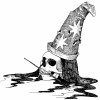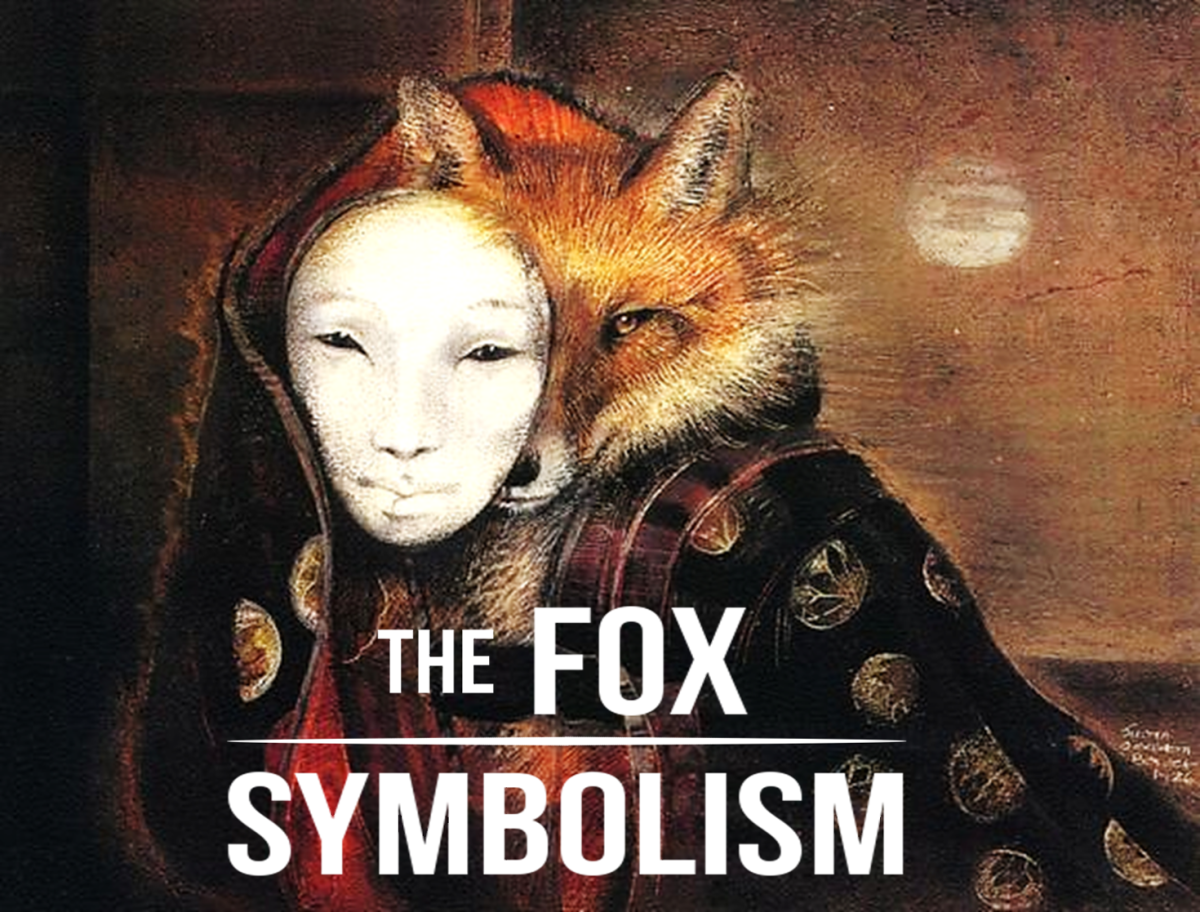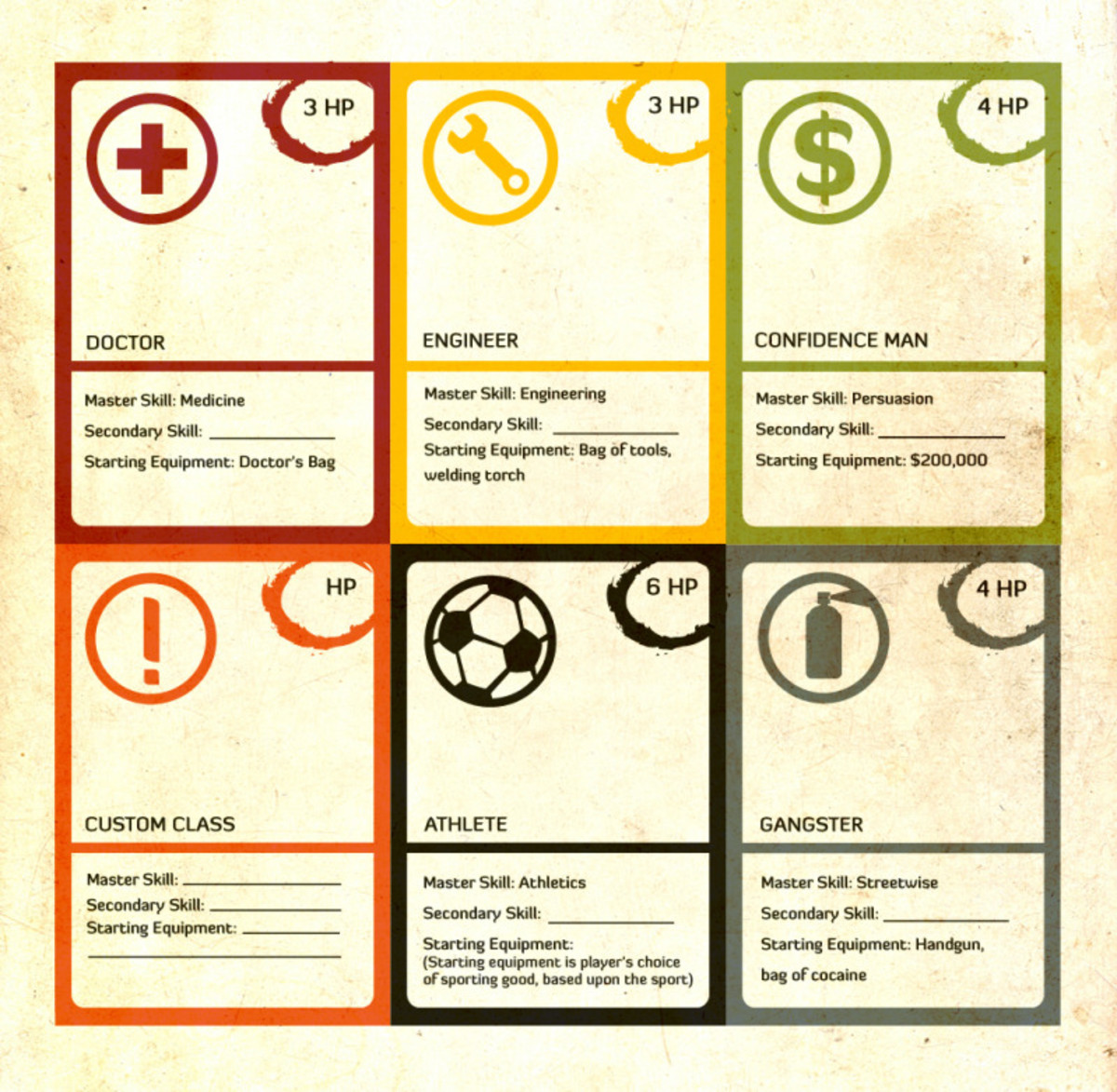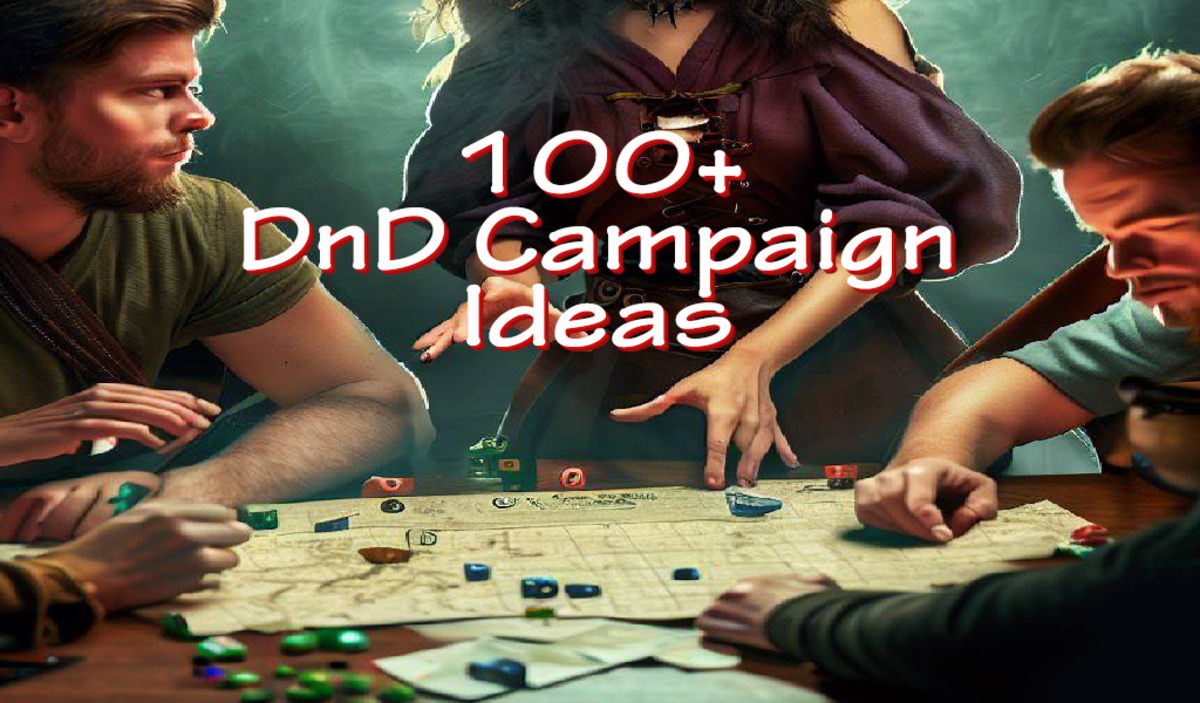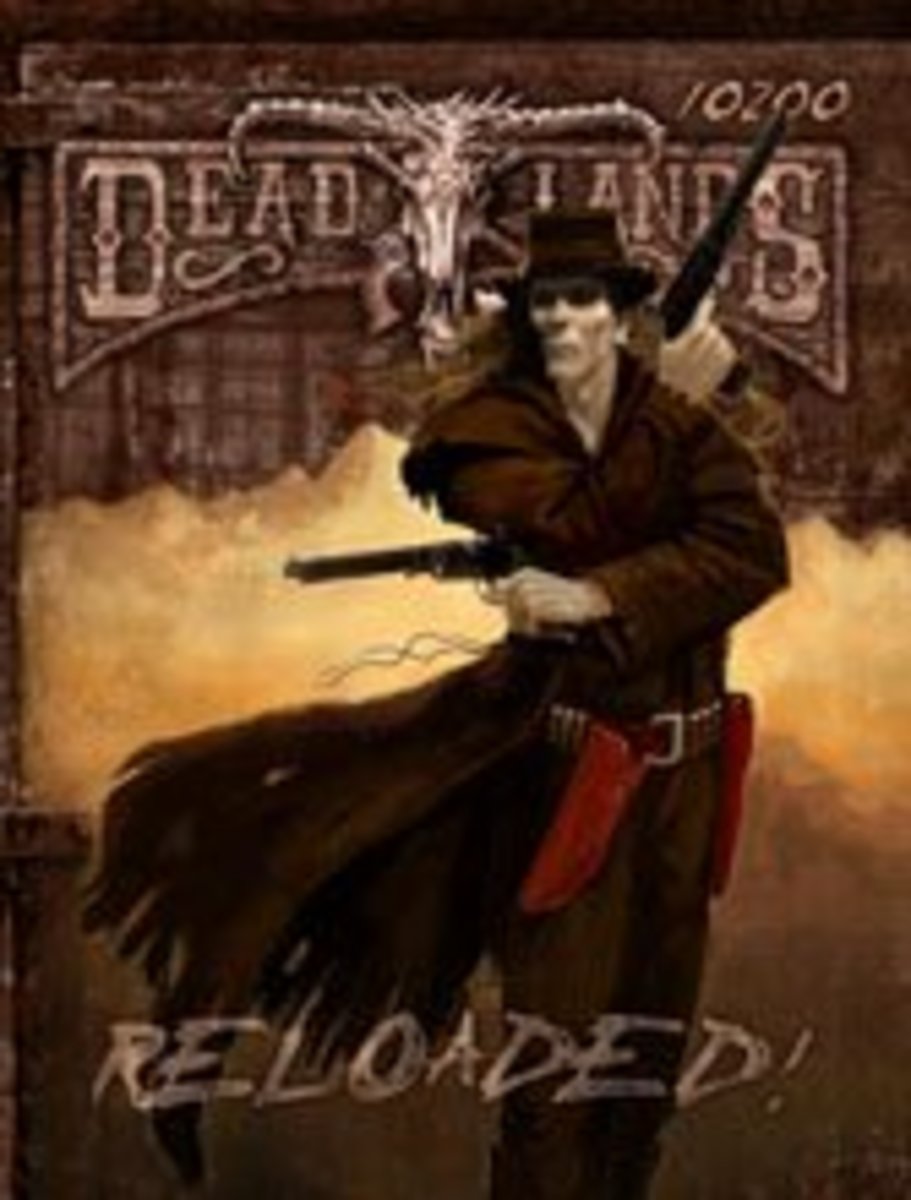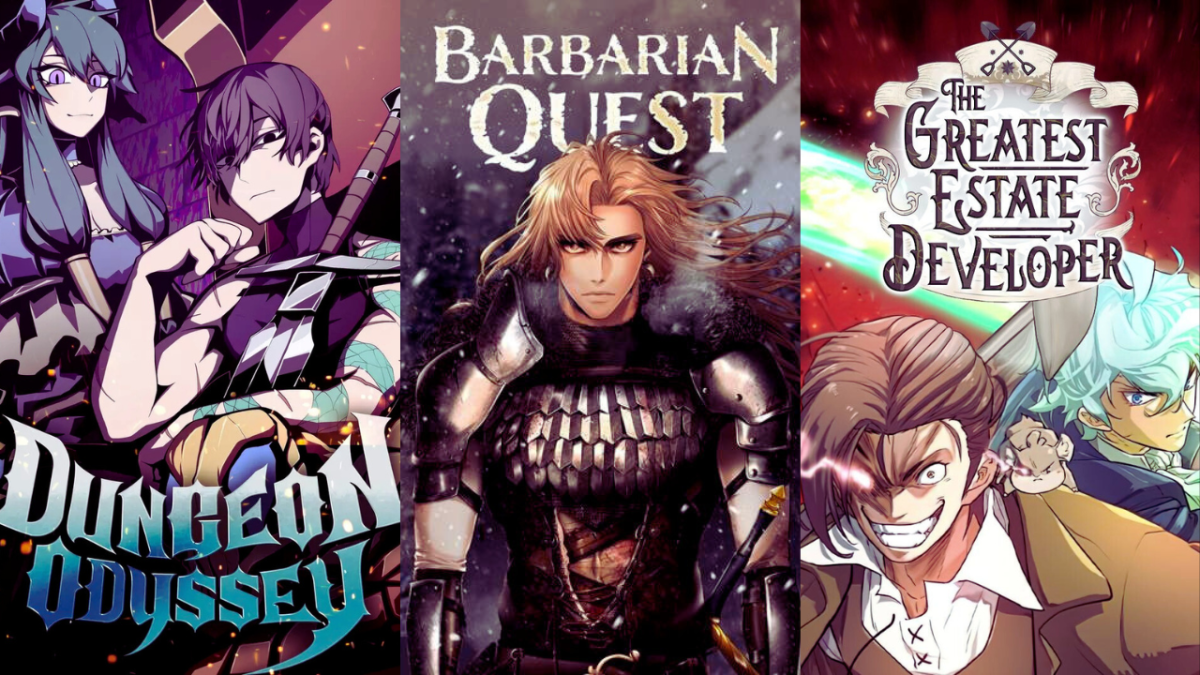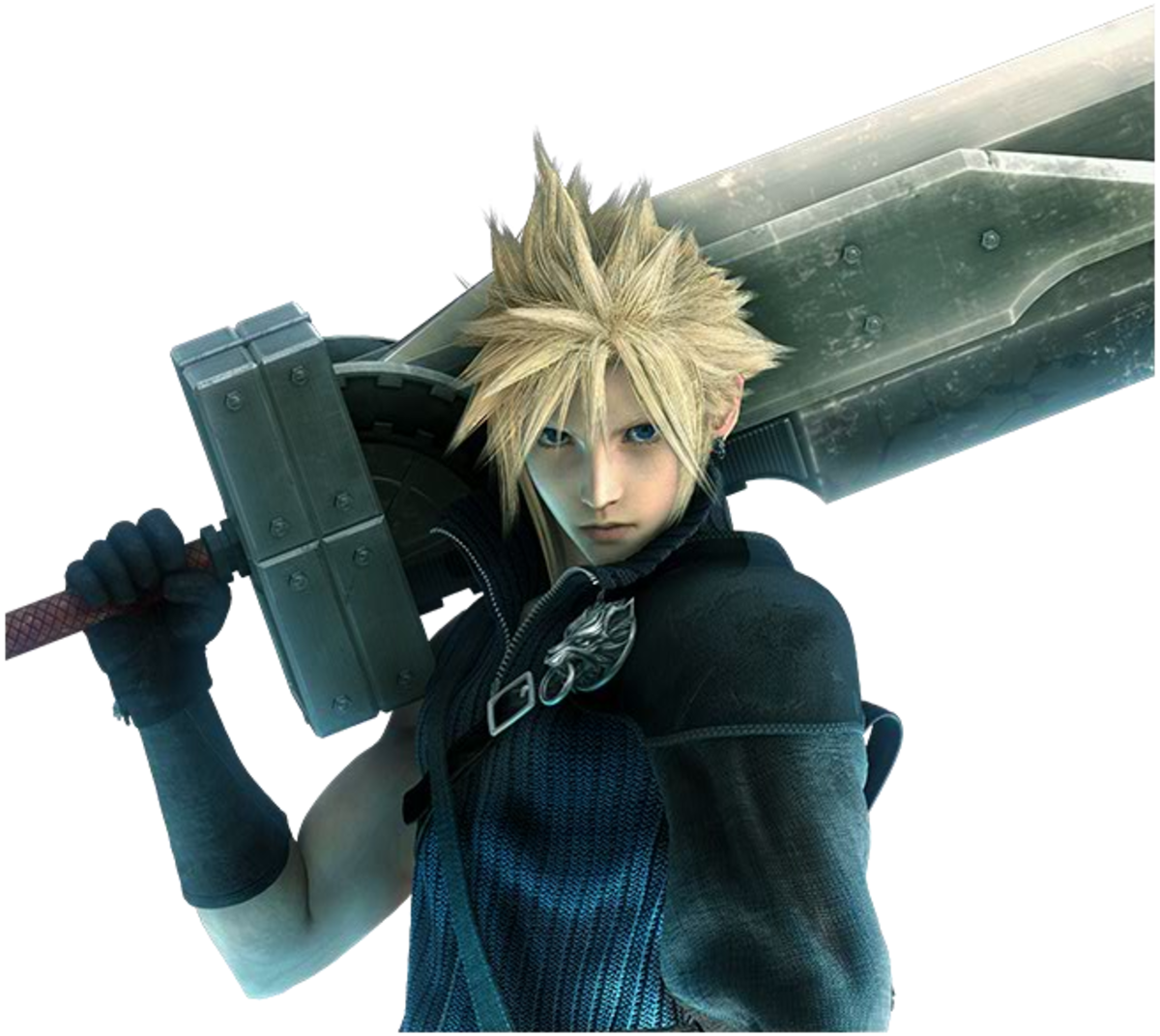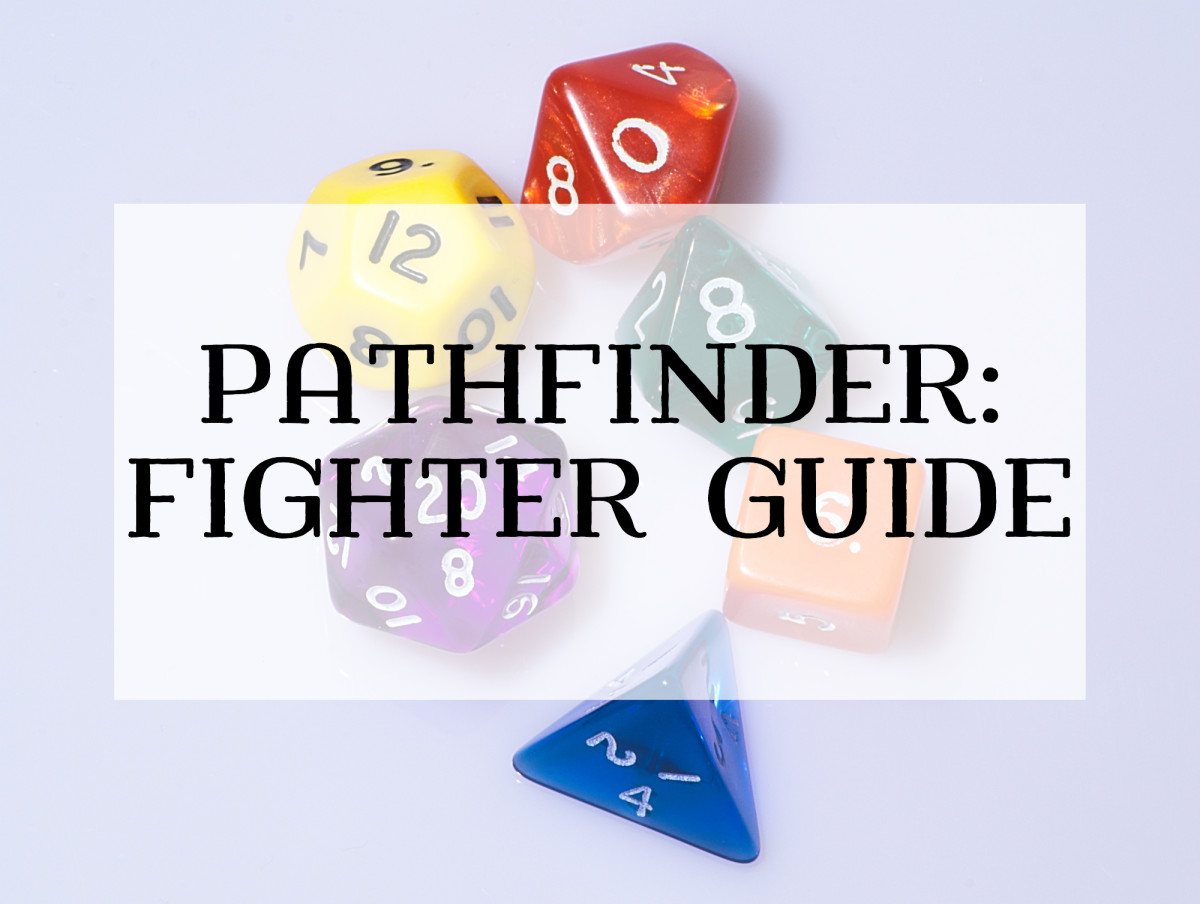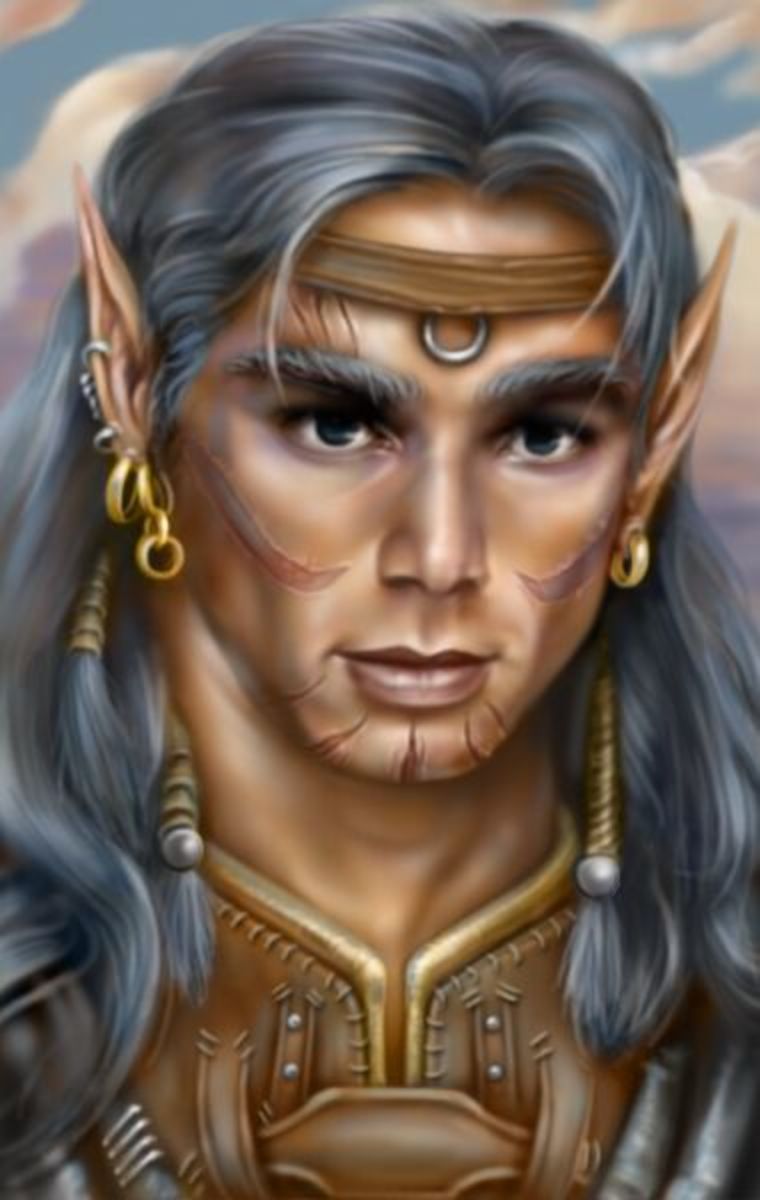Building Tabletop Myths
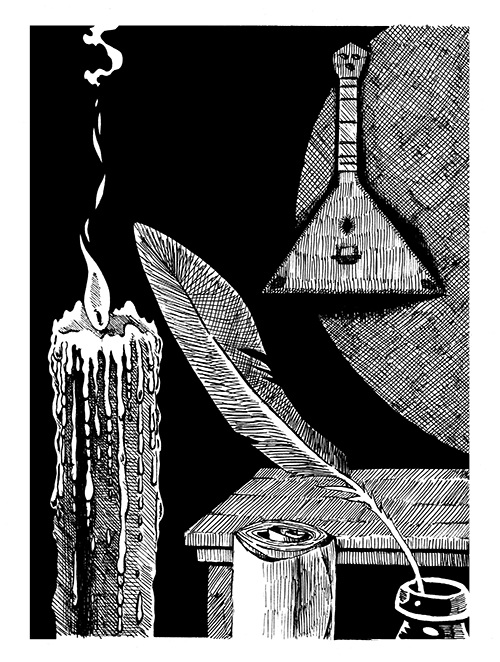
Perseus, Achilles, Cuchulain, and Samson, these the various heroes of assorted myths each with a rich legacy of stories and mythos peppered with mystical experiences and thrilling adventures not to mention the monsters they fought. These myths existed as stories that passed between people around the fire to pass the evenings before they met the pens of writers and poets some almost as mythical as the heroes and stories they popularized. These tales were collected into myths, the stories tied together by theme and colored by the beliefs and culture of the poets who recorded them and the audiences that listened to and read them.
The tellers of myth bear more than a little resemblance to those who participate in the modern form of communal storytelling around a tabletop instead of by the light of a blazing fire, the roleplaying gamers (RPGers). Roleplaying games can birth new mythologies where the focus is on the players’ characters and where their choices steer the story.
Gamesmasters and Players are the Myth-Makers
Gamers not only create stories through play they discuss what happened with their characters or share anecdotes about interesting episodes or incidents in a game-session often focused on the peculiar competence of their character or the hilarious failures of their companions. In a way, tabletop RPG gamers forge their mythologies albeit in a more fleeting form of amusing anecdotes.
Picture your favorite character from a past campaign and imagine that there is a thick tome filled with the legends and stories forged by their exploits consisting of multiple tales, some different versions from varying lands and tales, and lists of their lasting legacy on the face of the campaign world.
Typically the events of a tabletop role-playing game are related by the Player themselves via the previously mentioned anecdotal stories and/or personal blogs. Tabletop mythologies are cobbled together from the narratives and tales drawn from a campaign or portions thereof. Multiple game sessions build a single Tabletop Role-Playing Game (TRPG) campaign. It is from this mass of information that certain plots, incidents, and details are strained and the stories are often told from the point-of-view of a specific character or group of characters perhaps even an out-of-game narrator or an in-game witness such as a bard or poet. Whatever the literary devices employed or regardless of the storyteller’s identity each PC can have their mythos, their cycle in the campaign mythology.
These cycles and tales are dependent on how the game is generally run and the length of the campaign. A campaign mythology requires the in-game information generated by multiple sessions and the more material there is the easier it is to draw on it and tease out interesting stories. This information accrues per session in a phenomenon I like to call Session Accumulation; this requires a fair number of sessions to be played, all within the same campaign. With session accumulation, record-keeping is the second essential component to building tabletop mythologies.
Players as well as Game-Masters (GMs) need to keep good notes of what occurs in each game session, the players for their characters, and the GMs the general goings-on of the game as well as the pre-written info that they have. All of this contributes to the mass of game info. This also includes certain out-of-game works, especially artworks, character backgrounds, and in-game plans, and maybe even short stories and poems based on the characters which may not have much of an impact in-game but can contribute to the mythos of the character and/or game world when lumped in with the main body of campaign information.
The first three major components of a tabletop mythology are:
- Session Accumulation – As game sessions generate the information and material from which the mythoi are drawn, a fair number of sessions need to be played.
- Record-Keeping – GMs and Players need to keep notes recording the events of each game session.
- Extra-Game Works – These out-of-game additions of bits of information and artwork can help to decide what narratives to follow in the game-generated information and deepen the campaign mythology after the fact.
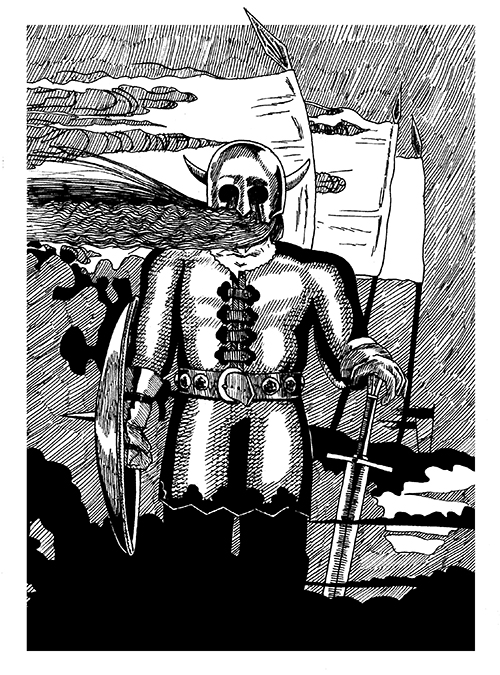
What is Mythology?
A mythology is a collection of myths and each myth is a story that is an explanation of why or how something came to be and/or an expression of cultural belief. It is essentially how a culture that births the myth(s) explains and remembers its world. Of course, a tabletop mythology has many similarities to “legitimate” myths and is also definitely comparable to invented mythologies the most evident example of such an invented mythology (and the most famous) is that of Middle-Earth by J.R.R. Tolkien termed his “legendarium”.
The material and stories generated by tabletop role-playing games are very similar to those written by authors though with less traditional structure though narratives with traditional structures can be extracted. Thus a gaming group can if it so chooses build its own legendarium, in fact the mass of material generated by game-play and the totality of it all after a TRPG campaign can be referred to as its “legendarium” or something very similar save that it might have nothing to do with Tolkien’s Middle-Earth as the name was originally coined to refer by Tolkien in reference to his works.
Tabletop mythology structures the game world by giving it a history and a context for events through legends and stories of origins that provide backstories for the current in-game events. It evolves from how the group as a whole understands, explains, and remembers the events in the game world filtered through the table culture (what the group focuses on, what stories they tell/retell to each other, and what values are focused on in-game).
It is up to the participants in that campaign or maybe an outside writer, to organize the information, a necessary first step, into lumps of related information to make finding and extracting the narratives they want to express from that material less of a slog. They have to use the blobs and chunks of campaign materials as the medium with which to compose their myths. This also goes for those wishing to follow just a singular character in the campaign and construct a myth cycle for that character.
Note also that if the group has enough time on their hands they can even create different mythological cycles as well. Myth cycles are collections of tales that would be structured around a certain focus such as a specific geographic location and/or specific central character or group of characters. Each cycle is drawn from the same mythology but carries different points of view and even different outlooks or in-game cultural values (and if you want to get really crazy with it each player can create their own version of the campaign creating meta-cycles). Each in-game cycle may serve as an explanation suited for a different geographic area or culture. All of this demands a high volume of data and thus requires quite a bit of recorded/recited play.
Session accumulation happens each time the players and GM play a full game session. The long-game allows this material to jell into a greater mass of information.
The Long Game
The Long Game is a necessary process required for the building of a tabletop mythology as it produces the primary component, the raw mass of information from which the mythology will be constructed. The Long Game refers to the intention on the part of all of the participants to play through a campaign which allows for some consistency and planning on the part of the GM and the players. The GM to build the sandbox(es) and gather the necessary material to run the campaign maybe even figuring out a conclusion and knowing where to begin the game giving the entire campaign a sort of general direction.
The GM has to plan for the long game by having enough material to work off of to keep the game flowing. This material can consist not only of pre-written material gathered for the purpose of gaming materials (whether or not it was authored originally with that intention) and material authored by the GM directly for use with the campaign. It is the sandbox within which the characters will play.
The players can make plans for their characters deciding on the path(s) that they want them to follow within the game and as it progresses which turns to take. The long game also encourages players to create and fill out a backstory for their characters as well as produce extra-game material as the game proceeds. As the campaign chugs along material and anecdotes just simply accumulate.
This session accumulation happens naturally each time the players and GM sit down around the table and get to play a full game session. The long game allows this material to accumulate into a mass of information created and indeed bloating as the PCs advance towards the conclusion whatever that may mean in a TRPG. Session accumulation not only accrues raw information but also builds the past as the campaign proceeds forward.
Building the Past
The past in terms of a roleplaying game is everything that comes from past sessions and the backstories that both the players write for their characters and those that the GM writes to either ground the game or to add in another layer in case the players decide to explore a little deeper. The past of the game world will also involve the legends and the history that goes along with the setting or that written by the GM.
The Long Game produces a tangible past by its very nature and it’s just a matter of time until the group begins to leave loose ends and villains or opponents get away allowing them to become a part of the past which can later be brought back into the story by the GM. Previous events especially those without a definite resolution should be noted by the GM. Players should note unfinished business that directly relates personally to their characters as well.
The past of a TRPG is built of Backstories, Previous Events generated by gameplay, and the History built into the setting. The past is not just a thing or sedimentation of material that occurs as a side effect of playtime and session accumulation, it is a living part of the game requiring the GM to keep it involved in the game so that the PCs can interact with it. The past and past events and the consequences of those events and character decisions need to keep cycling into and out of the flow of the game.
Call-backs to previous events help to keep the past cycling into the game.
Invoking the Past
The main method a GM should use to accomplish this is to invoke the past using the techniques of Call-Backs, Recurring NPCs, and Pre-Player Setting History. A gamesmaster adds references to the history of the setting or important historical events including ruins, stories, and legends, through the mouths of NPCs, and via artifacts, relics, and place names.
This pre-player history is the built-in history of the setting and game world which exists independent of the PCs because it predates them. It often serves to explain why the world is set up as it is when the PCs start. It serves to allow the GM to arrange certain scenarios especially when it comes to culture clash and social-politics without the hassle of having to invent and work out the explanations themselves on-the-fly. Whereas pre-player history cannot normally be influenced by the players, call-backs to what they have done or seen allow them to take a hand in building their history.
Callbacks to previous events which can be from previous sessions or the results of a historical event help to keep the past cycling into the game. A call-back is a simple reference; again the methods used can be utterances from an NPC or visible signals hinting as to what the cause of the current situation may have been. These are especially useful when referencing something the PCs have done or when they’re facing the consequences of their previous actions. This brings us to the recurrence of NPCs.
Recurring NPCs are another tried-and-true technique to invoke the past especially when it comes to villains that have either gotten away or cheated death in some way where the GM can either choose to just have the NPC announce themselves in-game or leave some clues for the players to follow to discover who’s really behind certain current events. Note that recurring NPCs should be memorable characters in the first place as if they simply blended into the background it can be a little underwhelming when they show back up, if the players remember them at all that is.
A clue to what the players see as a worthwhile NPC are the ones they continue to talk about and those which they suspect repeatedly. The GM needs to pay attention to what the players are paying attention to and what they remember about not only the previous session but which NPCs, items, and places they can recall easily as well.
The GM should know what tabletop tales the players like to recount and tell. This not only helps with building mythology but also arms the GM allowing them to mess with players by conflating or deflating by rumor milling and the retelling by NPC’s or an enemy poet/bard of the PC’s exploits. Which in turn can deepen a mythology and set up mythical cycles written from inside the game by NPCs.
Songs and poems can be altered by bad memories or artistic license when being repeated by NPCs. These can mutate and grow wildly in the telling, retelling, and copying when scholars and poets use the works of others to build upon or cherry-pick scenes and characters that serve their version of the story better. Names and identities can be altered, eliminated, merged, or wholly fictionalized in the telling. Especially over an extended amount of time with only the more popular versions surviving obfuscating any facts that may have entered into the original work(s) when building off of a pre-existing mythology. It is also not uncommon to find differing popular versions in various places limiting certain versions to specific regions or traditions.
This invoking of the past helps to build a coherent body of material that is more easily ordered and thusly lends itself to easier narration. Basically, it just makes things easier when it comes to creating a tabletop mythology as well as adding depth to the game allowing for a melding of history and the stories of the player-group which can be used for another campaign that uses the previous as its underlying mythology and history.
Even so, to analyze the campaign its body needs to be dissected arming the potential mythographer with knowledge of its structure so the campaign material can be broken into the medium with which the mythographer composes myths. To do this effectively it helps to know the shape that TRPG narratives take and the structure of a TRPG campaign itself.
The base unit in a Tabletop Role-Playing Game campaign is a social exchange that is meaningful to the game called the Play-Unit.
TRPG Campaign Structure and Narrative Primer
A TRPG campaign is structured very similarly to a work of traditional fiction where the major components of an RPG correspond to that of works of fiction. In fiction a story is composed of the plot(s) and a plot is composed of a string of related scenes and each scene is constructed of story beats. The corresponding structures with regards to TRPGs are Campaign in place of story, Adventure(s) in place of plot(s), Episodes in place of scenes, and Play-Units in place of story beats.
The main difference between these structures even though they’re very similar in overall composition is the base units, story-beats as opposed to play-units. In traditional story-telling a Story Beat is an emotive change in a character or exchange between characters as in action/reaction whereas in RPG Narratology the corresponding unit being a Play Unit refers to the social exchange between the participants; these being the Gamesmaster and the Players.
The base unit in a TRPG campaign is a social exchange that is meaningful to the game, that is, for our purposes, it generates information that contributes to the raw materials that will be used to build the mythology. Knowing these structures can help the mythographer to follow the stories they are interested in, find the details, and obtain the components they feel they need to tell that story, the medium with which they will compose that story.
After breaking apart and finding or reconstructing a narrative thread the next step is to transcribe or convert the TRPG narrative into a traditional narrative-type structure. There is a difference between the two and for the most part it may seem at first glance to be superficial but a closer examination reveals otherwise.
Narrative, in a very simplified sense, is a chronology of events that build upon and/or relate to one another from which the basis of story and plot is built. Although the plot serves to steer a narrative in a certain direction determined by the author, it is not a building block of narrative. Of course, in terms of TRPGs story is the campaign and the plot is adventure most campaigns consist of multiple adventures that may or may not intertwine with each other. It is along these lines that the narrative that the tabletop mythographer has in their hands crafts into a story.
This kind of alchemy is done repeatedly to construct a body of stories and other such works which can then be collected into myths. These myths then are grouped into cycles and/or when compiled together for a comprehensive body of mythology based on the game world. These tabletop mythologies may be used for future campaigns conducted within the same setting just further along in time.
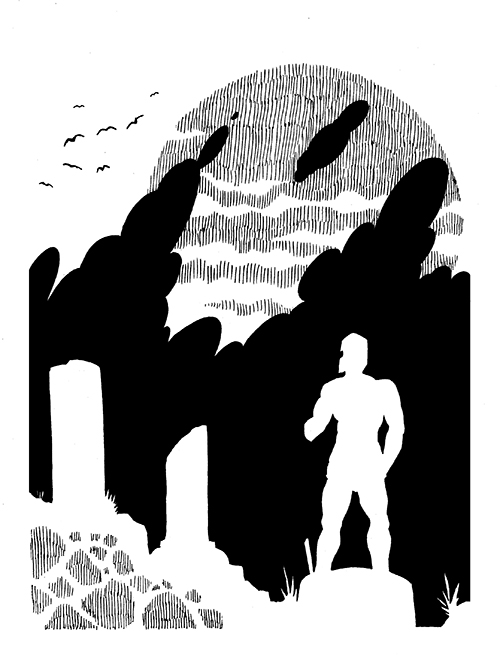
Constructing Campaign Mythology
The first step in constructing a tabletop mythology besides the necessity for an extended amount of play, once the group has the mass of information that such play generates is to gather it up into a single easily accessible location. Follow the paper trails and gather the extra-game works. Arrange and collate that information into some sort of order. This can follow the structures found within a campaign, especially along the lines of adventures.
Discern the mythoi of specific characters, legacies, and cycles (several related tales that center on a specific location, central character, or even special item). Catalog that information where possible in order to facilitate the research of potential authors and mythographers. Not to mention to make it easy for those wishing to read through the material to find their interests as well as ease the GM's use of this material when conducting a game making use of it.
When constructing a tabletop mythology all the participants must agree from the beginning simply because it is very dependent on participation even beyond the table. When building mythologies the Participant Obligations involve Taking Notes, PCs are virtually required to leave some sort of mark on the game world, and PCs should be actively building in-game legacies. Not to mention extra-game works should be encouraged.
Tabletop mythology tends to continue to grow once the initial mass of information has been codified lending itself as supplemental material for later campaigns.
Conclusion
The construction of a tabletop mythology is an involved project that reaches beyond the boundaries of the average TRPG game. It requires the vision of the Long-Game and full participation from both the players and the GM. The benefits are numerous and it can be very rewarding when looking back through the mythological stories in which you have had a hand. A few of the actual benefits are that you have stories to tell that can attract new players, a body of work to point to when dealing with other roleplayers, and a creative platform from which more tertiary works may spring. It also tends to continue to grow once the initial mass of information has been codified into a coherent mythology lending itself as supplemental material to another campaign perhaps even to other entirely different ttRPG groups. A tabletop mythos is a perceptible enhancement to and an extension of play.
So What's YOUR Opinion?
Is applying myth-building techniques a potentially useful role-playing tool for you?
© 2016 Robert A Neri Jr
